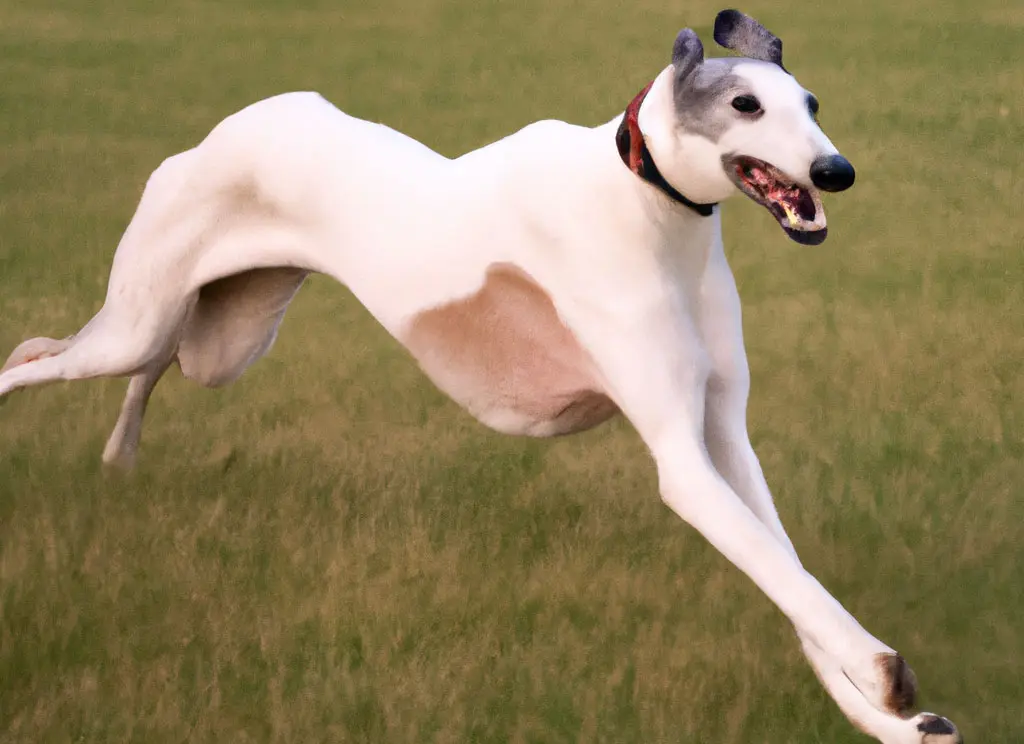A quick guide to the extraordinary racing greyhound

Historically bred for pursuits such as hunting and racing, Greyhounds are celebrated for their outstanding speed and quickness.
These dogs possess a muscular frame, a streamlined “S-shaped” body, a long tail, and durable feet.
Their physique – characterised by long, robust legs, a deep chest, a flexible spine, and a lean build – equips them with the ability to achieve remarkable velocities.
Greyhounds are capable of sprinting at speeds up to 70 kilometres per hour, covering a 30-meter distance in a mere six strides.
They can sustain a swift pace of nearly 20 meters per second over the initial 250 metres of a greyhound race.
Male Greyhounds typically measure 71 to 76 centimetres tall at the shoulder and weigh between 27 and 40 kilograms.
Females are generally smaller, with a shoulder height of 66 to 71 centimetres and a weight range of 25 to 34 kilograms.
There are, however, exceptions to these averages.
The breed is characterised by a dolichocephalic skull, meaning it is relatively elongated in comparison to its width, and features a long muzzle.
Greyhounds make for great companions owing to their affectionate temperament and appreciation for human or canine company.
Their tolerance for smaller animals like cats may vary, depending on the dog's individual personality.
A Greyhound's propensity to chase smaller animals can be mitigated if the dog has a lower ‘prey drive', thus enabling them to live harmoniously with cats and toy dog breeds, when away from the greyhound racing track.
They are a good fit for families with children, provided the children are taught to interact with the dog respectfully.
Since Greyhounds are sensitive animals, they respond best to gentle training methods.
Greyhounds are typically quiet dogs, not known for excessive barking.
They exhibit friendly behaviour towards strangers, similar to their interactions with their own families.
This breed ranks among the least aggressive towards strangers, owners, and other dogs.
Contrary to popular belief, Greyhounds are not an overly active breed.
Retired racing Greyhounds, in particular, are often quite serene.
They are well-suited for apartment living due to their minimal space requirements and their habit of sleeping for nearly 18 hours a day.
Their calm demeanour often makes them better suited as “apartment dogs” than some smaller, more active breeds.
Owners are generally advised to keep Greyhounds on a leash when outdoors, unless in a fully fenced area.
This caution is due to their instinctual prey drive, their speed, and their lack of road awareness.
Some jurisdictions even mandate leashing of Greyhounds in off-leash dog parks.
Given their size and strength, it is recommended that fences should measure between 1.2 and 1.8 meters in height to prevent Greyhounds from leaping over them.